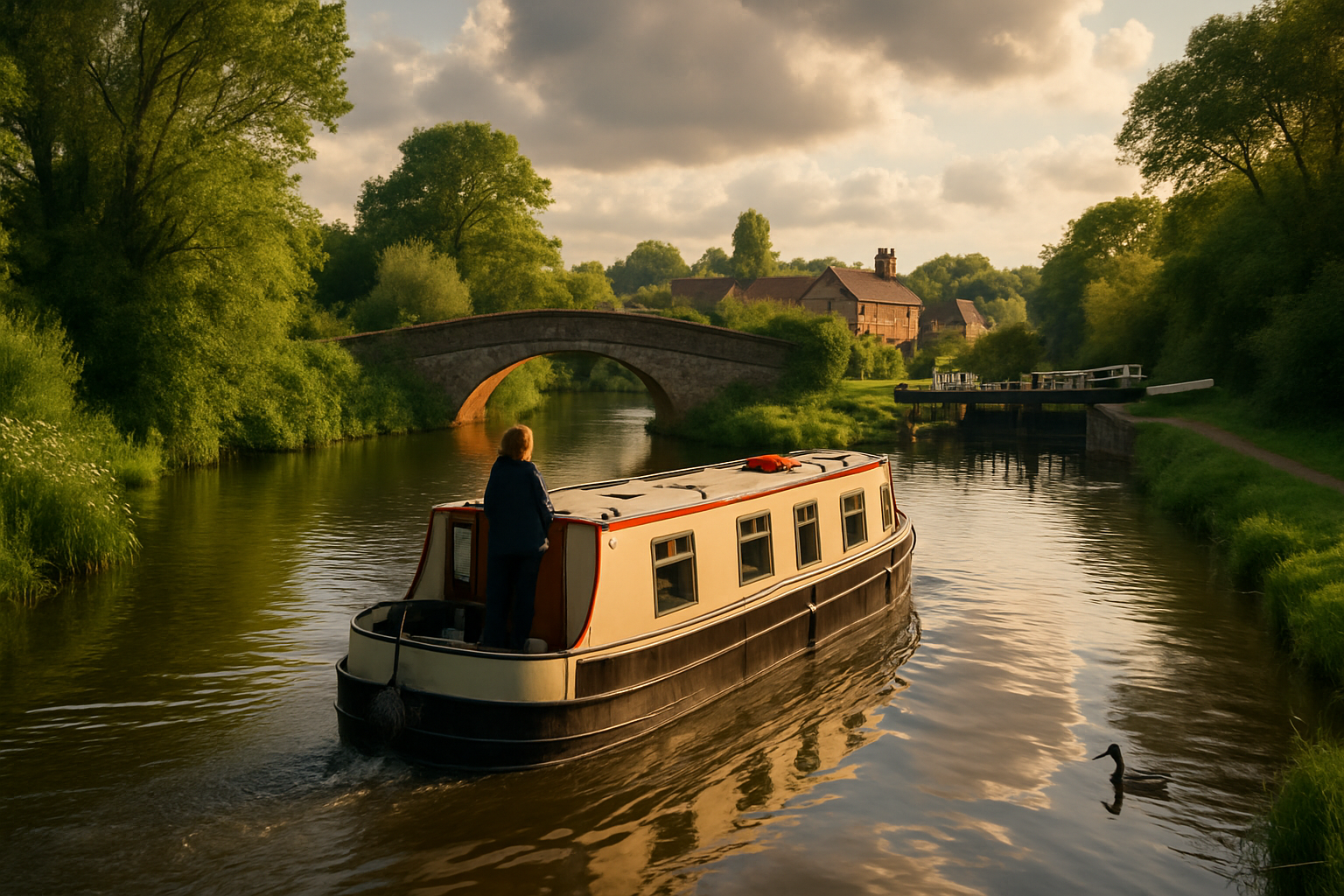The Intriguing Science of Blue Zones: Unveiling the Secrets of Longevity
Have you ever wondered why certain regions in the world have a significantly higher number of centenarians than others? These regions, known as Blue Zones, have been the subject of numerous scientific studies, all aimed at uncovering the secrets to their residents' longevity.

The Genesis of Blue Zones
The term “Blue Zones” was first coined by National Geographic explorer and author Dan Buettner in 2005. He identified five regions worldwide where people live significantly longer and healthier lives than the average population. These regions include Okinawa, Japan; Sardinia, Italy; Nicoya, Costa Rica; Icaria, Greece; and Loma Linda, California. The concept of Blue Zones has since sparked a global interest in understanding the lifestyle, dietary habits, and social structures that contribute to the longevity of these regions’ residents.
The Science Behind Blue Zones
Research into Blue Zones has revealed a fascinating blend of genetic, environmental, and lifestyle factors that contribute to longevity. For instance, a study published in the Journal of the American Geriatrics Society found that the genetic makeup of Sardinians might play a role in their longevity. However, genetics alone cannot explain the phenomenon. Lifestyle factors, including diet, physical activity, and social engagement, have been found to play a significant role in the longevity of Blue Zone residents.
The Blue Zone Lifestyle: A Closer Look
The lifestyle habits of Blue Zone residents offer valuable insights into their longevity. These habits include a predominantly plant-based diet, regular physical activity, strong social networks, and a sense of purpose. While these practices are not unique to Blue Zones, their consistent application appears to be a common thread among these regions.
The Blue Zone Diet: More Than Just Food
The diet in Blue Zones is predominantly plant-based, with a focus on legumes, whole grains, fruits, and vegetables. However, it’s not just about what they eat, but also how they eat. Blue Zone residents tend to eat their smallest meal in the late afternoon or early evening and then no more for the rest of the day. They also practice mindful eating, savoring each bite and eating until they are 80% full.
Fascinating Facts About Blue Zones
-
Okinawa, Japan, has the highest number of centenarians per capita in the world.
-
In Sardinia, Italy, there is a high ratio of male centenarians, which is unusual as women typically outlive men.
-
Loma Linda, California, is the only Blue Zone located in the United States. The residents are primarily Seventh-day Adventists, a religious group known for their healthy lifestyle and vegetarian diet.
Wrapping Up: Lessons from Blue Zones
The study of Blue Zones provides a fascinating glimpse into the lifestyle habits that can contribute to longevity. While genetics may play a part, it’s clear that diet, physical activity, social engagement, and a sense of purpose are significant factors. By incorporating these habits into our own lives, we can potentially enhance our health and well-being, and perhaps even increase our lifespan. The secrets of the Blue Zones remind us that health is a holistic endeavor, encompassing not just our physical bodies, but our minds, relationships, and sense of purpose as well.





